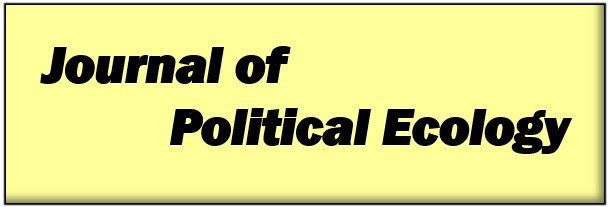Abstract
Intact Forest Landscapes (IFLs) are global conservation units that aim to combat fragmentation, alteration, degradation, and loss of global forests. ILFs are typically recognized for their biodiversity, carbon storage, protection of hydroecological systems and other ecosystem services. However, IFLs are distinctive among other conservation efforts because they do not immediately prioritize conservation approaches that have goals of alleviating human poverty or improving well-being. The prevailing view is that IFL conservation should engage with ecocentric models of conservation. In this article, we leverage political ecology's analytical attention to power, institutions, identities, and scales to make suggestions on ways in which to integrate biocentric conservation considerations into IFL practices. From a scoping literature review, we found the following areas are especially critical for the future of IFL conservation: (1) prioritizing Indigenous Peoples and Local Communities (IPLC) as actors and beneficiaries of conservation; (2) identifying the value of knowledge integration and co-production for conservation; (3) addressing heterogenous communities and equity impacts, and (4) the need for procedural mechanisms in conservation initiatives that support nesting Indigenous Peoples and Local Communities management and governance in polycentric systems. Furthermore, the development of diagnostic questions of scaling community-based conservation and adaptive strategies beyond their original scope in terms of community definitions, landscape and political context may be beneficial for addressing multi-stakeholder needs, identifying more equitable approaches, sharing strategies and obtaining successful outcomes in IFL conservation.
Keywords: conservation, forests, large intact landscapes, Indigenous peoples and local communities
How to Cite:
Zanotti, L. & Knowles, N., (2020) “Large intact forest landscapes and inclusive conservation: a political ecological perspective”, Journal of Political Ecology 27(1), 539-557. doi: https://doi.org/10.2458/v27i1.23165
Downloads:
Download PDF
View PDF
3905 Views
733 Downloads

